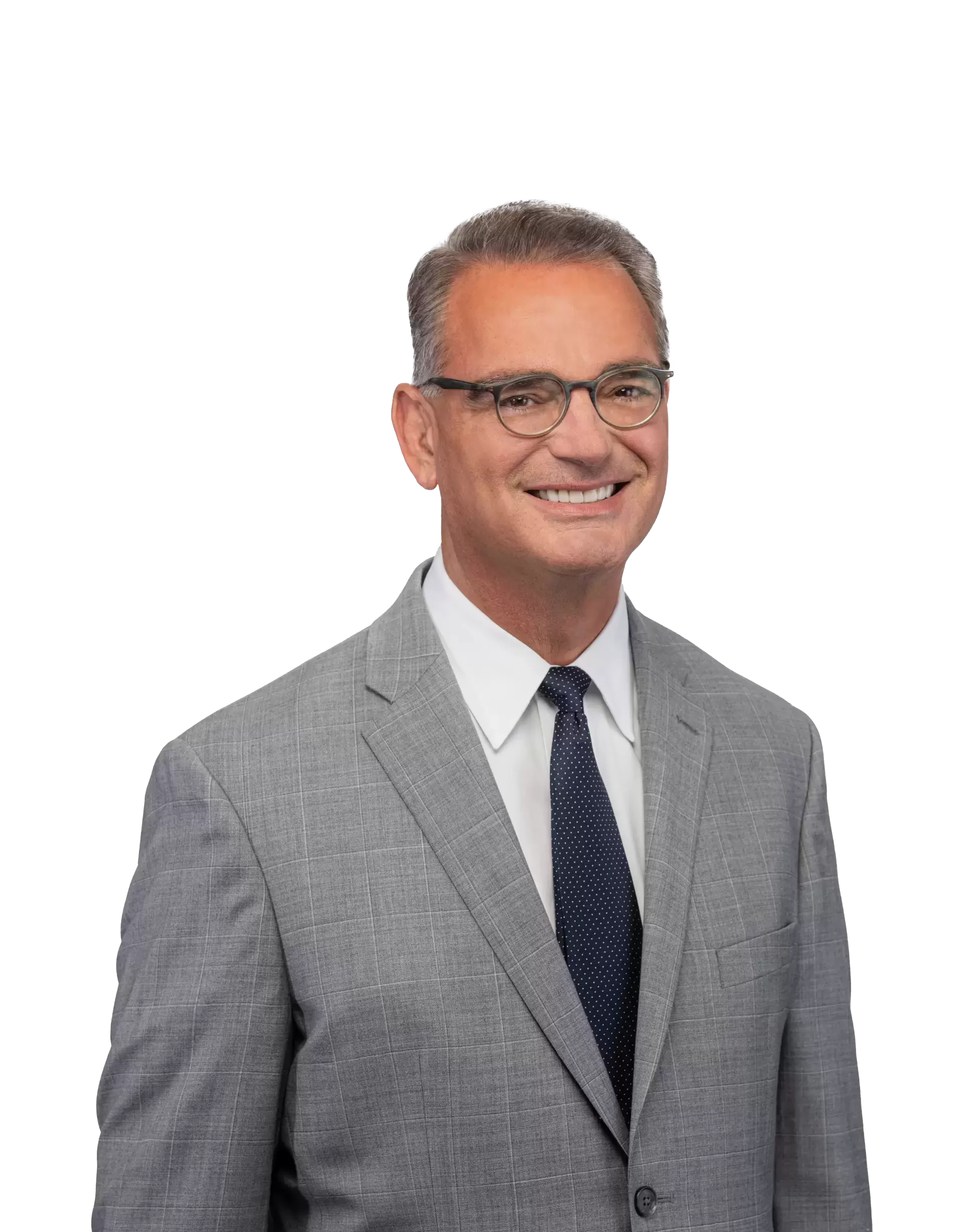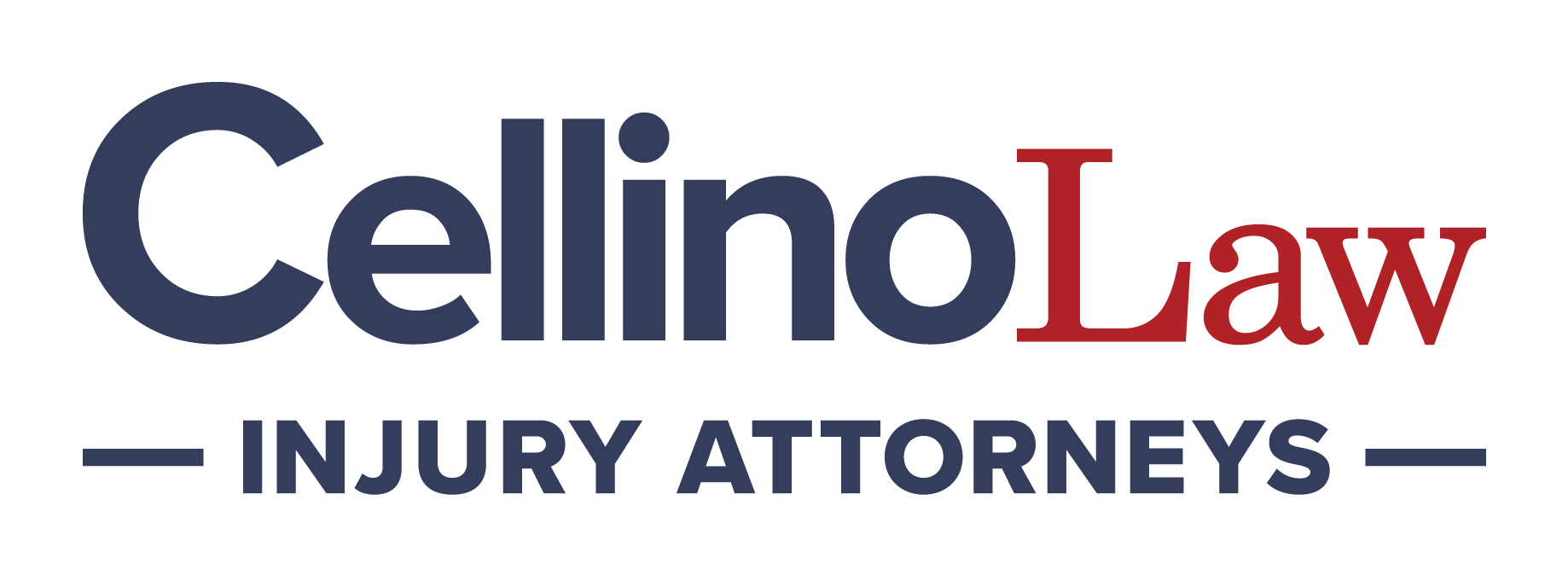 October 4, 2024
|
Reading Time: 6 min
October 4, 2024
|
Reading Time: 6 min
Bicycling offers numerous benefits: it’s environmentally friendly, healthy, and a convenient way to commute. However, with an increase in cyclists on New York’s streets, accidents involving motor vehicles and bicycles are becoming more common.
Determining fault in these accidents is often challenging, as both cyclists and drivers must adhere to traffic laws. Understanding how fault is established is essential for those seeking compensation for injuries or damages after an accident.
New York’s Comparative Negligence Rule
New York is a comparative negligence state, meaning both parties involved in an accident can share a portion of the fault and still recover damages. However, any compensation awarded will be reduced by their percentage of fault. For example, if a cyclist is found 20% at fault and the damages are $100,000, the cyclist would receive $80,000.
Proving fault is the most important step in determining liability, and the amount of compensation depends on the degree to which each party is found responsible. This system incentivizes both cyclists and drivers to exercise caution and obey traffic rules.
Legal Responsibilities of Cyclists and Drivers in New York
Both motorists and cyclists have obligations under New York’s Vehicle and Traffic Law (VTL). Understanding these legal responsibilities is essential when trying to determine who is at fault after an accident.
Rules for Cyclists
- Obey Traffic Signals and Signs: Cyclists must follow the same traffic signals and signs as motor vehicles.
- Ride with Traffic: Bicyclists must ride in the same direction as traffic on the right-hand side of the road.
- Use Bike Lanes When Available: If a bike lane is present, cyclists are generally required to use it unless it is unsafe to do so.
- Lights and Reflectors: Cyclists must have front and rear lights at night and reflectors on their bikes to ensure visibility.
- Yield to Pedestrians: Cyclists must give pedestrians the right of way, especially when crossing intersections.
Rules for Drivers
- Give Cyclists Safe Space: Drivers must allow at least three feet of space when passing a cyclist.
- Check for Cyclists When Turning or Opening Doors: “Dooring” accidents, where a driver opens their door into a cyclist’s path, are common and preventable with caution.
- Yield at Intersections: Drivers must yield to cyclists when the cyclist has the right of way.
- Avoid Distracted Driving: Texting or engaging in other distractions can lead to severe accidents with cyclists.
Failure to follow these laws can make a driver or cyclist liable in the event of a crash.
Common Causes of Bicycle-Motor Vehicle Accidents
Accidents between bicycles and motor vehicles often occur due to negligence on the part of one or both parties. Common causes of these accidents include:
- Failure to Yield: Drivers may fail to yield the right of way to cyclists, especially at intersections.
- Distracted Driving: Drivers who are texting, eating, or otherwise distracted may not notice a cyclist on the road.
- Dooring Accidents: When a driver opens their door into the path of a cyclist without checking, serious accidents can result.
- Speeding: Drivers traveling too fast may not be able to stop in time to avoid hitting a cyclist.
- Cyclists Running Red Lights or Stop Signs: Cyclists who fail to obey traffic signals can be found at fault if they cause a collision.
- Improper Lane Usage: Both drivers and cyclists can be at fault if they do not use designated lanes appropriately.
Determining fault in these situations requires a thorough investigation of the circumstances surrounding the accident.
Gathering Evidence to Prove Fault
Proving fault in a car accident involving a bicycle requires solid evidence. If you are involved in such an accident, taking the following steps can strengthen your case:
- Call the Police: Always call the police to the scene of the accident, even if injuries seem minor. The police report will provide an impartial account of the incident and may include details about fault based on witness statements and observations.
- Document the Scene: Take photos of the accident scene, including the position of the vehicles and bicycle, damage to both, traffic signals, road conditions, and any visible injuries. If there are skid marks or debris, capture these details as well.
- Gather Witness Information: Obtain contact information from any witnesses who saw the accident. Their statements can provide valuable insight into what happened.
- Obtain Medical Records: Seek medical attention immediately, even if you feel fine. Some injuries may not be apparent until hours or days after the accident. Medical records will document the extent of your injuries, which is crucial for your claim.
- Request Surveillance Footage: If the accident occurred near businesses or intersections with surveillance cameras, request a copy of the footage. This can provide clear evidence of how the accident unfolded.
- Consult an Experienced Attorney: A personal injury attorney experienced in bicycle accidents can help gather evidence, interview witnesses, and build a strong case on your behalf.
Insurance Coverages in Bicycle Accidents
In New York, insurance plays a critical role in compensating accident victims. Because New York is a no-fault state, injured cyclists can file a claim with the driver’s insurance, even if fault has not yet been established. No-fault insurance covers medical expenses and lost wages up to a certain limit.
However, if the cyclist’s injuries meet New York’s “serious injury threshold” – such as fractures, significant disfigurement, or permanent loss of function – they can file a personal injury lawsuit against the driver for additional damages, including pain and suffering.
Cyclists with their own auto insurance policies may also have access to uninsured/underinsured motorist (UM/UIM) coverage, which can provide compensation if the at-fault driver has no insurance or insufficient coverage.
How Fault is Determined
Fault is established by analyzing several factors, including:
- Police Report: Officers will often assign fault in their report based on the information gathered at the scene.
- Traffic Laws: Violations of traffic laws by either party can indicate negligence.
- Witness Statements: Eyewitness accounts provide insight into what happened leading up to the accident.
- Expert Testimony: Accident reconstruction experts may be consulted to determine how the crash occurred.
The insurance companies involved will also conduct their own investigations to assign fault. If there is disagreement over who is responsible, the case may need to be resolved through negotiation or litigation.
Injured? Call Cellino Law
Proving fault in car accidents involving bicycles in New York requires a detailed investigation of the circumstances, adherence to traffic laws, and careful documentation. With New York’s comparative negligence system, cyclists can still recover damages even if they share some responsibility for the accident.
If you are injured in a bicycle accident, seek medical attention immediately, gather evidence, and consult an attorney to protect your rights. Navigating insurance claims and legal proceedings can be complicated, but with the right legal guidance, you can secure the compensation you need to recover and move forward.
Contact Cellino Law at 888-888-8888 today for a free consultation and let us help you pursue the justice and compensation you deserve.

Content checked by the personal injury attorney Ross Cellino. As a family man and a trial attorney, I pride myself on winning cases and serving the community. With over 35 years of experience, I understand the function of a jury, how juries arrive at conclusions, and the role that the jury plays in administering justice. I know how to win cases. You can find us in Manhattan, Buffalo, Melville, Rochester, Brooklyn, The Bronx, Queens and other locations throughout New York.

